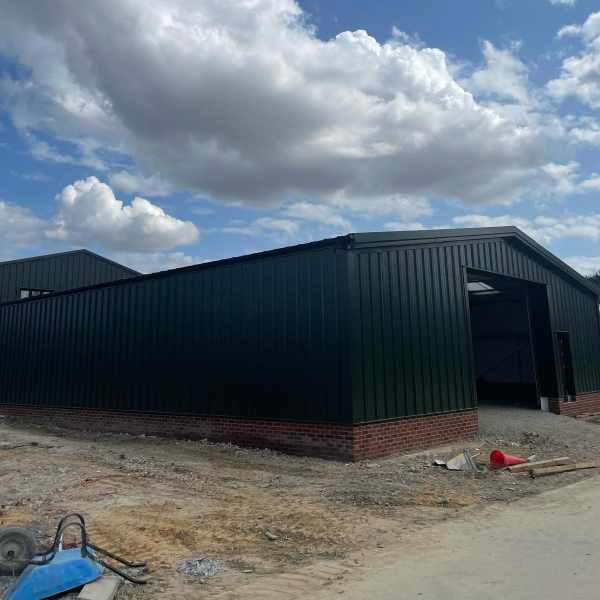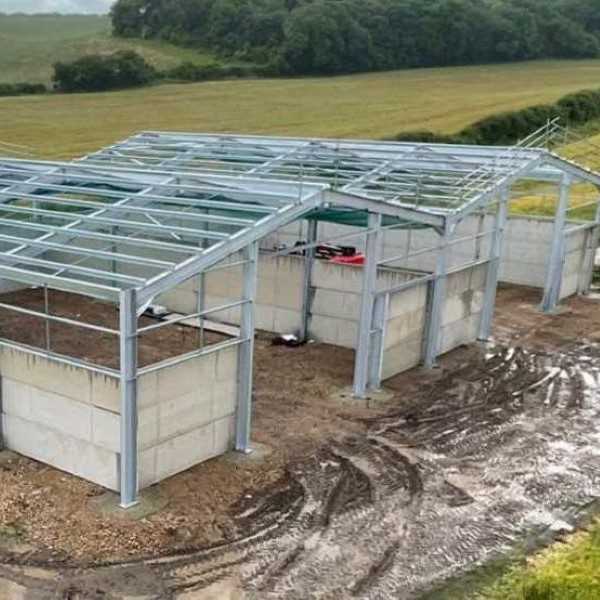Cladding is an important part of any building, offering protection against the elements, improving energy efficiency, and enhancing aesthetic appeal. With a wide range of cladding materials available, selecting the right one for your property can feel overwhelming. By considering factors like durability, cost, appearance, and maintenance requirements, you can make an informed decision. This guide will help you choose the ideal cladding material for your property.
1. Understand Your Property’s Needs
Before exploring cladding options, take the time to assess your property’s specific requirements. Factors to consider include:
- Location: Properties in coastal areas may require materials that resist salt corrosion, while urban properties might need cladding that reduces noise.
- Purpose: Is the building residential, commercial, or industrial? Different uses may call for varying levels of durability and aesthetics.
- Climate: Consider weather conditions such as heavy rain, strong winds, or extreme temperatures when selecting materials.
By understanding your property’s unique needs, you’ll narrow down your options and focus on materials that perform well in your environment.
2. Explore Common Cladding Materials
There are several popular cladding materials to choose from, each with its benefits and drawbacks. Here are the most common types:
Brick Cladding
Brick cladding is known for its timeless appearance and durability. It provides excellent insulation, is low-maintenance, and resists fire and weathering. However, it can be more expensive and heavier than other options, which might require additional structural support.
Timber Cladding
Timber cladding offers a natural and warm aesthetic, making it a popular choice for residential properties. While it’s environmentally friendly and versatile, it requires regular maintenance to prevent rot, pests, and weather damage.
Metal Cladding
Metal cladding, typically made from aluminium, steel, or zinc, is lightweight, durable, and available in a variety of finishes. It’s ideal for modern designs and industrial properties. However, it can be prone to dents and scratches and may require insulation to improve thermal performance.
Vinyl Cladding
Vinyl cladding is a cost-effective and low-maintenance option. It’s available in a range of colours and styles, but it’s less durable than other materials and may not offer the same premium appearance.
Stone Cladding
Stone cladding provides a luxurious and natural look. It’s highly durable and weather-resistant, but it can be expensive and heavy, requiring proper installation to avoid structural issues.
Fibre Cement Cladding
Fibre cement is a versatile and affordable material that mimics the appearance of wood or stone. It’s resistant to fire, pests, and weather, making it a low-maintenance choice. However, its installation can be labour-intensive.
3. Evaluate Cost vs. Value
While initial costs are important, it’s crucial to consider long-term value. A cheaper material may require frequent maintenance or replacement, leading to higher overall expenses. For example, while timber cladding may have lower upfront costs, its maintenance needs can add up over time. Conversely, investing in a durable material like brick or metal can save money in the long run.
4. Consider Aesthetics
The appearance of your cladding plays a significant role in your property’s overall look and feel. Consider:
- Style: Choose a material that complements your property’s architecture.
- Colour: Lighter colours reflect heat, while darker tones absorb it, which may impact energy efficiency.
- Texture: Smooth or textured finishes can dramatically alter the aesthetic.
Make sure your chosen material aligns with your vision for the property’s exterior.
5. Factor in Maintenance Requirements
Each cladding material comes with different maintenance needs. For instance, timber requires regular staining or sealing, while metal may need periodic cleaning to prevent corrosion. If low maintenance is a priority, materials like fibre cement or vinyl could be ideal options.
6. Check Building Regulations and Sustainability
In the UK, building regulations may influence your choice of cladding. Ensure your selected material complies with fire safety and insulation standards. Additionally, consider environmentally friendly options, such as sustainably sourced timber or recyclable materials, to reduce your property’s carbon footprint.
Conclusion
Choosing the right cladding material for your property involves balancing factors such as durability, aesthetics, cost, and maintenance. By understanding your property’s needs and carefully evaluating the available options, you can select a material that enhances both functionality and visual appeal. For professional advice and installation, consult experienced cladding specialists who can guide you through the process and ensure a quality finish. To learn more about cladding options and regulations, visit the UK Green Building Council.
By investing time in selecting the right cladding, you’ll create a durable, attractive, and efficient exterior that adds long-term value to your property.


